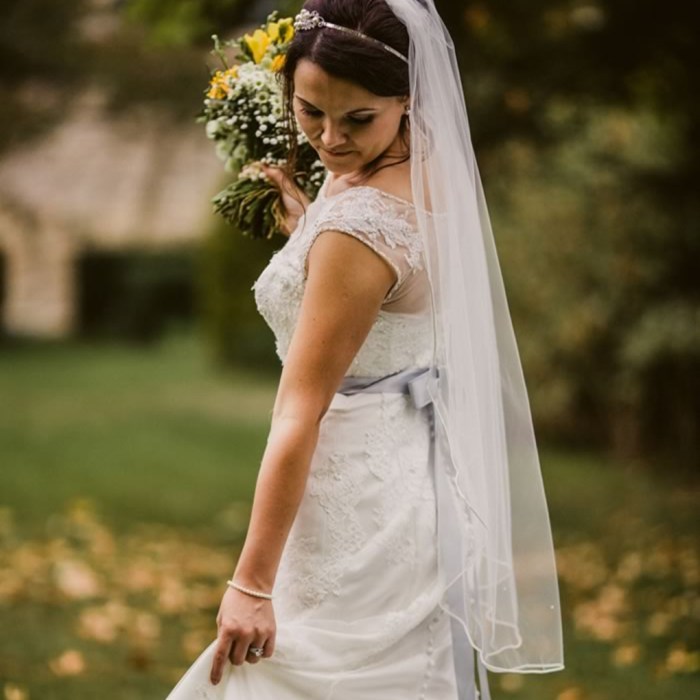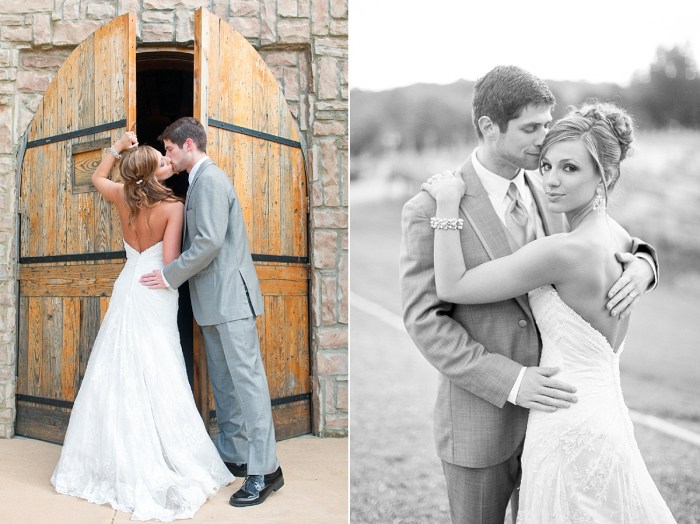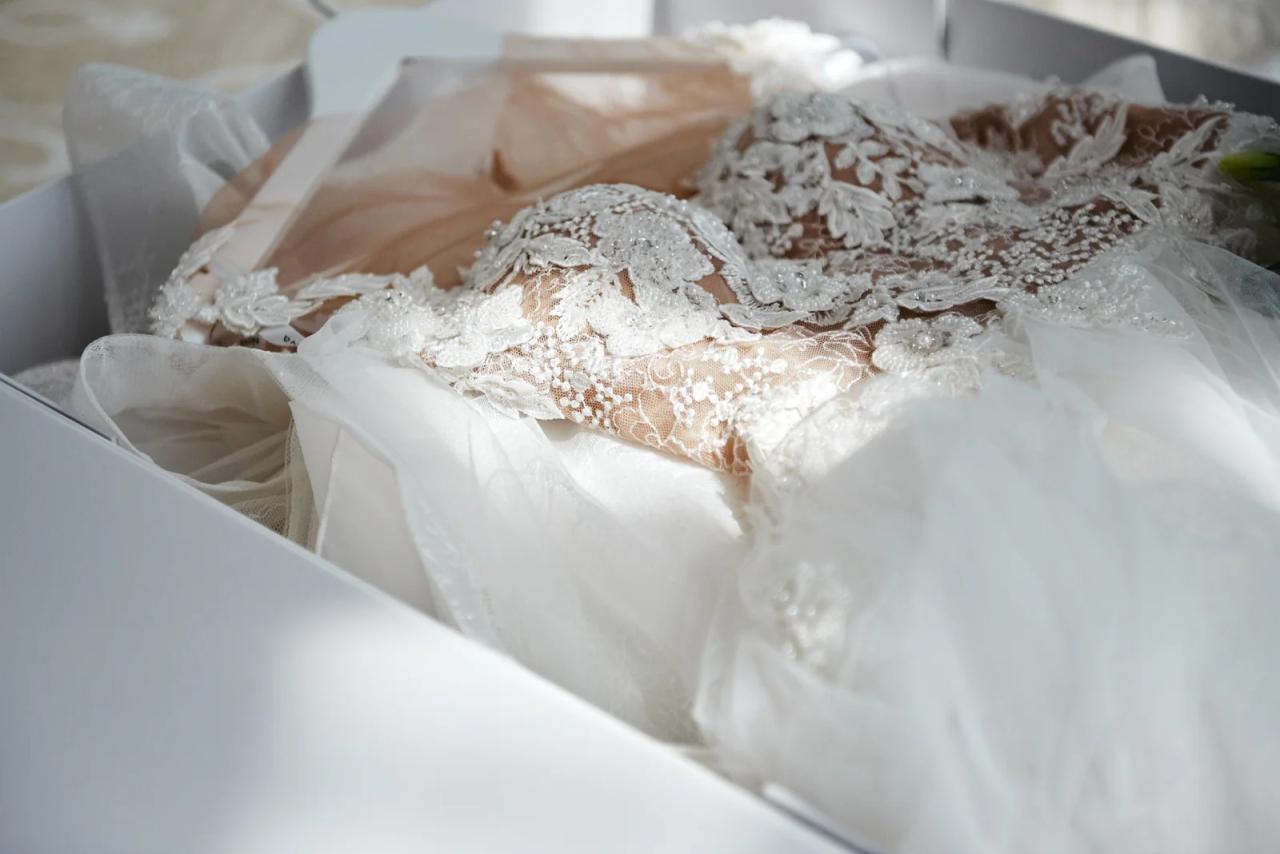Reasons for Keeping and Discarding Wedding Dresses: Do Women Keep Their Wedding Dresses
Do women keep their wedding dresses – The decision to keep or discard a wedding dress is deeply personal, influenced by a complex interplay of sentimental value, practical considerations, cultural norms, and evolving societal trends. This analysis explores the multifaceted factors driving this decision, examining the reasons for preservation, the challenges of long-term storage, and the diverse approaches to handling this cherished garment across cultures and generations.
Sentimental Value and Display of Wedding Dresses

Source: tohaveandtohold.ie
Wedding dresses often hold immense sentimental value, representing a significant life event and symbolizing the union of two individuals. The dress itself becomes a tangible embodiment of memories, emotions, and aspirations associated with the wedding day. Many women choose to keep their dresses as cherished heirlooms, displayed in protective garment bags in closets, or carefully stored in archival-quality boxes.
Others may opt for more creative displays, such as framing a detail of the lace or incorporating elements of the dress into a scrapbook or shadow box. Anecdotal evidence suggests that many women have kept their dresses for decades, passing them down through generations as family heirlooms, often sharing stories and memories associated with the garment. The preservation of a vintage or designer wedding dress can also hold potential financial value, particularly if the dress is in excellent condition and from a well-known designer.
This monetary value adds another layer to the decision-making process, as the dress might become a valuable asset over time.
Comparison: Keeping vs. Discarding a Wedding Dress

Source: alicialaceyphotography.com
The decision of whether to keep or discard a wedding dress involves weighing various factors. The following table provides a comparative analysis of the key considerations:
| Reason | Keep | Sell/Donate |
|---|---|---|
| Sentimental Value | High; cherished memories, family heirloom potential. | Low; focus on moving forward, releasing sentimental attachments. |
| Financial Value | Potential appreciation for vintage or designer dresses. | Immediate financial gain; funds for other purposes. |
| Practical Considerations | Requires significant space and specialized storage. | Frees up space; avoids potential damage or deterioration. |
| Emotional Impact | Provides ongoing connection to a special day. | May lead to a sense of closure or liberation. |
Challenges of Long-Term Storage and Alternative Uses, Do women keep their wedding dresses

Source: bridenqueen.com
Long-term storage of a wedding dress presents practical challenges. The delicate fabric is susceptible to damage from light, moisture, pests, and improper handling. Yellowing, staining, and deterioration are common concerns. Many women choose to sell or donate their dresses due to limited storage space, the hassle of preservation, or a desire to move on emotionally. The emotional experience of letting go can vary significantly; some women find it liberating, while others may experience a sense of loss.
However, there are alternative uses for a wedding dress after the wedding. These include:
- Altering the dress into a shorter dress or other garment for future occasions.
- Using the fabric to create keepsakes such as handkerchiefs or baby blankets.
- Donating the dress to a charity that provides wedding dresses to brides in need.
Methods for Preserving a Wedding Dress
Proper preservation is crucial for maintaining the condition of a wedding dress. This involves professional cleaning to remove stains and dirt, followed by careful storage in a cool, dry, and dark environment. A step-by-step guide for home preservation includes:
- Professional cleaning by a specialist in wedding dress preservation.
- Allowing the dress to air dry completely after cleaning.
- Storing the dress in an acid-free tissue paper or muslin wrap.
- Placing the wrapped dress in an acid-free archival box or garment bag.
- Storing the box in a cool, dark, and dry location, away from direct sunlight and moisture.
Professional preservation services offer higher levels of protection but are more expensive than DIY methods. Choosing appropriate storage containers and materials is vital to prevent damage. Acid-free materials are crucial to avoid discoloration and deterioration.
Cultural and Generational Differences in Wedding Dress Preservation
Cultural traditions significantly influence attitudes toward wedding dress preservation. In some cultures, keeping the dress is a cherished tradition, symbolizing continuity and family legacy. In others, the focus may be on celebrating the event itself, with less emphasis on preserving the dress. Generational differences also play a role; older generations may be more likely to keep their dresses, while younger generations may prioritize sustainability and other values.
For example, in some cultures, the wedding dress might be repurposed into clothing for future family members, while in others, it might be kept as a cherished heirloom for decades.
A text-based visual representation could depict this: Consider a chart showing different cultural approaches. One column might represent cultures where the dress is kept as a family heirloom, passed down through generations. Another could show cultures where the dress is repurposed into other garments. A third could illustrate cultures where the dress holds less significance, and disposal is common.
Future Trends in Wedding Dresses and Preservation
The wedding dress industry is evolving, with a growing emphasis on sustainability and eco-friendly practices. Fast fashion’s impact on the longevity of wedding dresses is a concern, leading to a shorter lifespan for some dresses. Future trends may include more durable, ethically sourced fabrics, rental services, and innovative preservation techniques. Women’s attitudes towards keeping their wedding dresses might evolve toward greater emphasis on experiences and less attachment to material possessions.
A hypothetical scenario might envision a future where digital preservation of wedding dress designs becomes common, reducing the need for physical storage.
Essential Questionnaire
What’s the average cost of professional wedding dress preservation?
Costs vary widely depending on the dress’s complexity and the preservation method used, ranging from a few hundred to over a thousand dollars.
Can I wash my wedding dress myself?
Sister Mary, many women cherish their wedding dresses, preserving them as symbols of a sacred union. However, some find repurposing more fitting, perhaps using the fabric in a quilt, or even incorporating elements into a new design for their home. If you’re looking for inspiration for that new design, check out resources for wohnzimmer designen online to transform your living space.
Ultimately, whether a woman keeps her dress depends on her personal faith and vision for the future, reflecting her unique spiritual journey.
Generally, no. Attempting to clean a delicate wedding dress at home risks damage. Professional cleaning is highly recommended.
What are some alternative uses for a wedding dress after the wedding?
Some brides repurpose their dresses into christening gowns, smaller garments for family members, or even wall art.
How long does it typically take to get a wedding dress professionally cleaned and preserved?
Expect a turnaround time of several weeks, sometimes longer, depending on the service provider and the dress’s condition.
